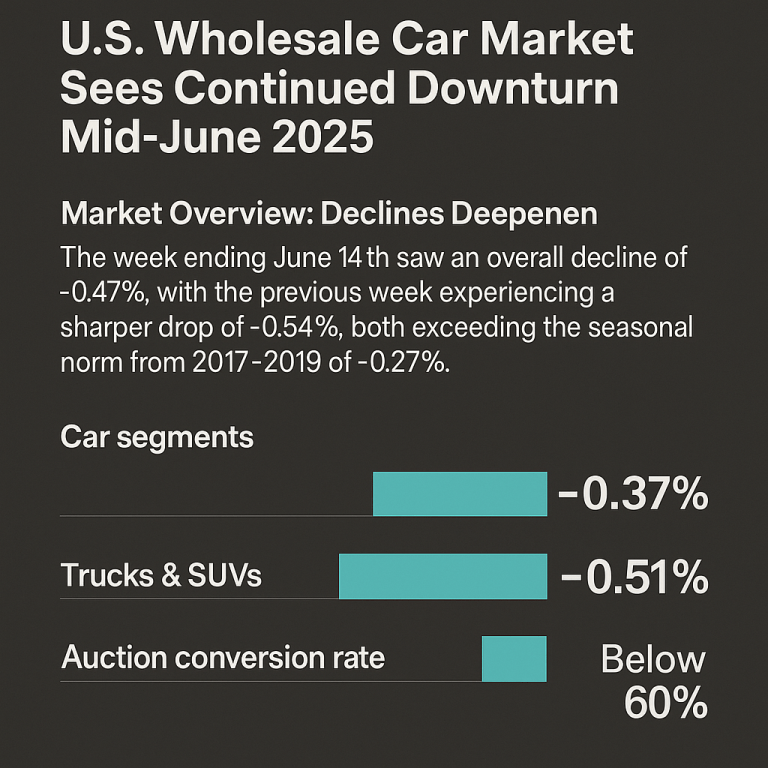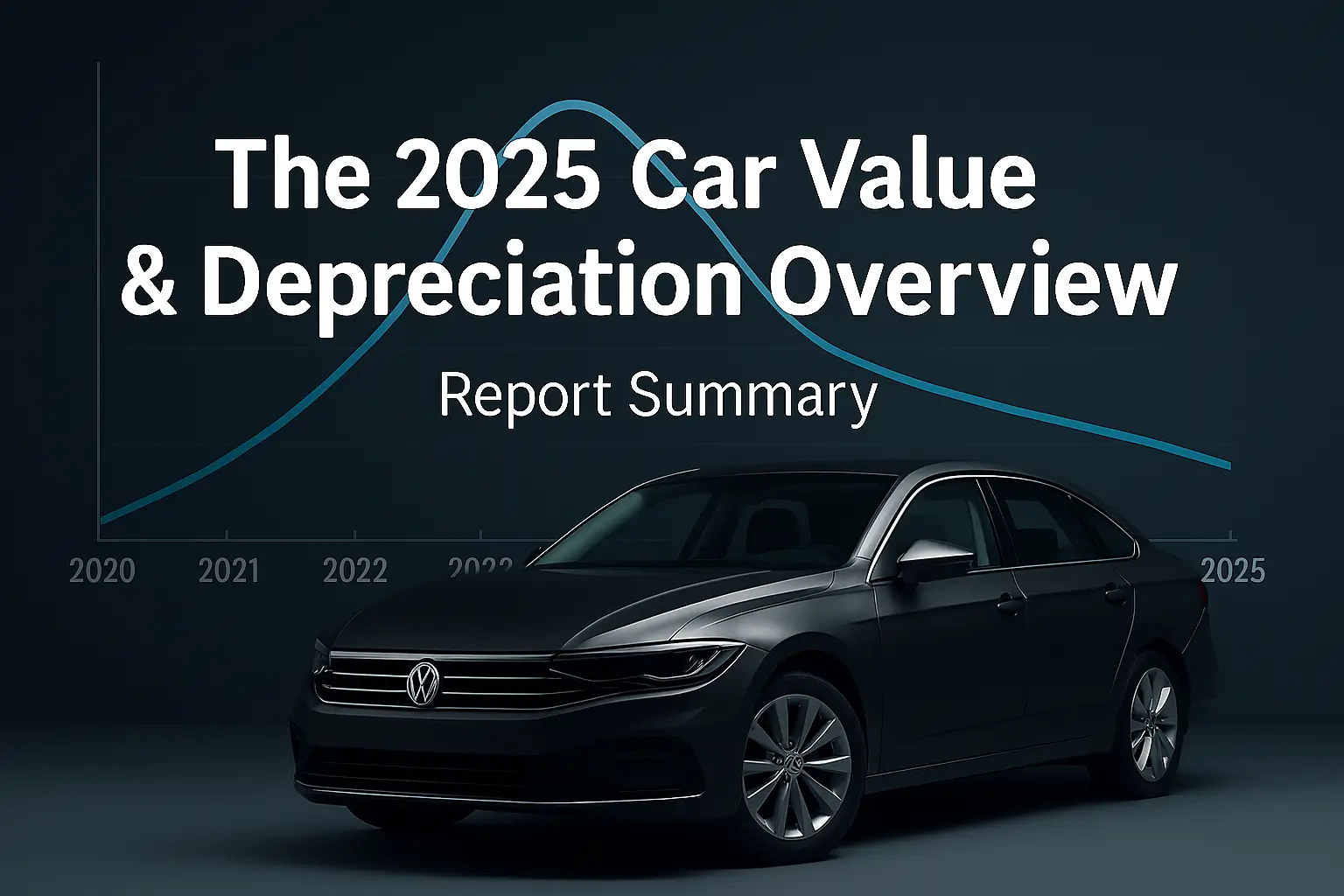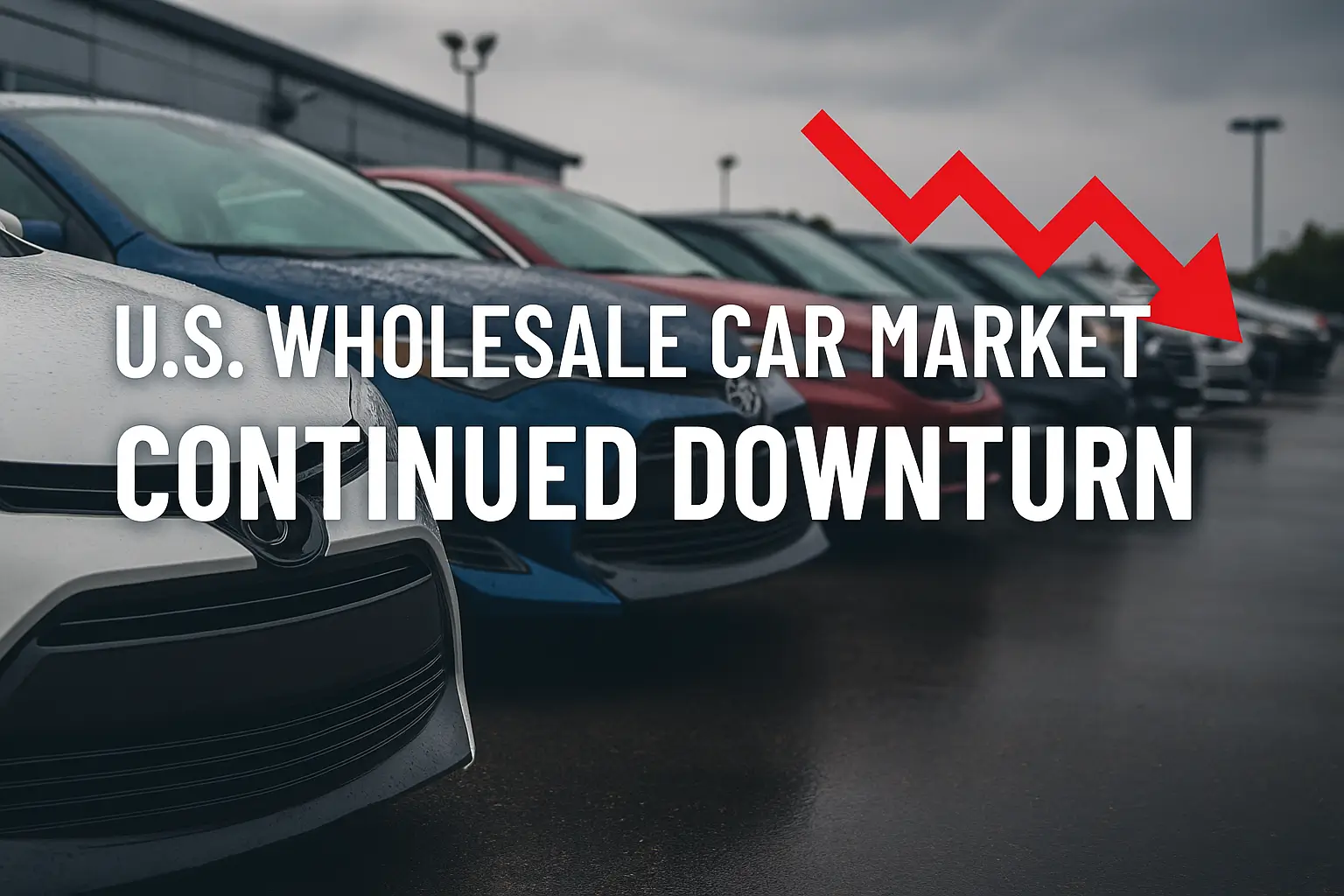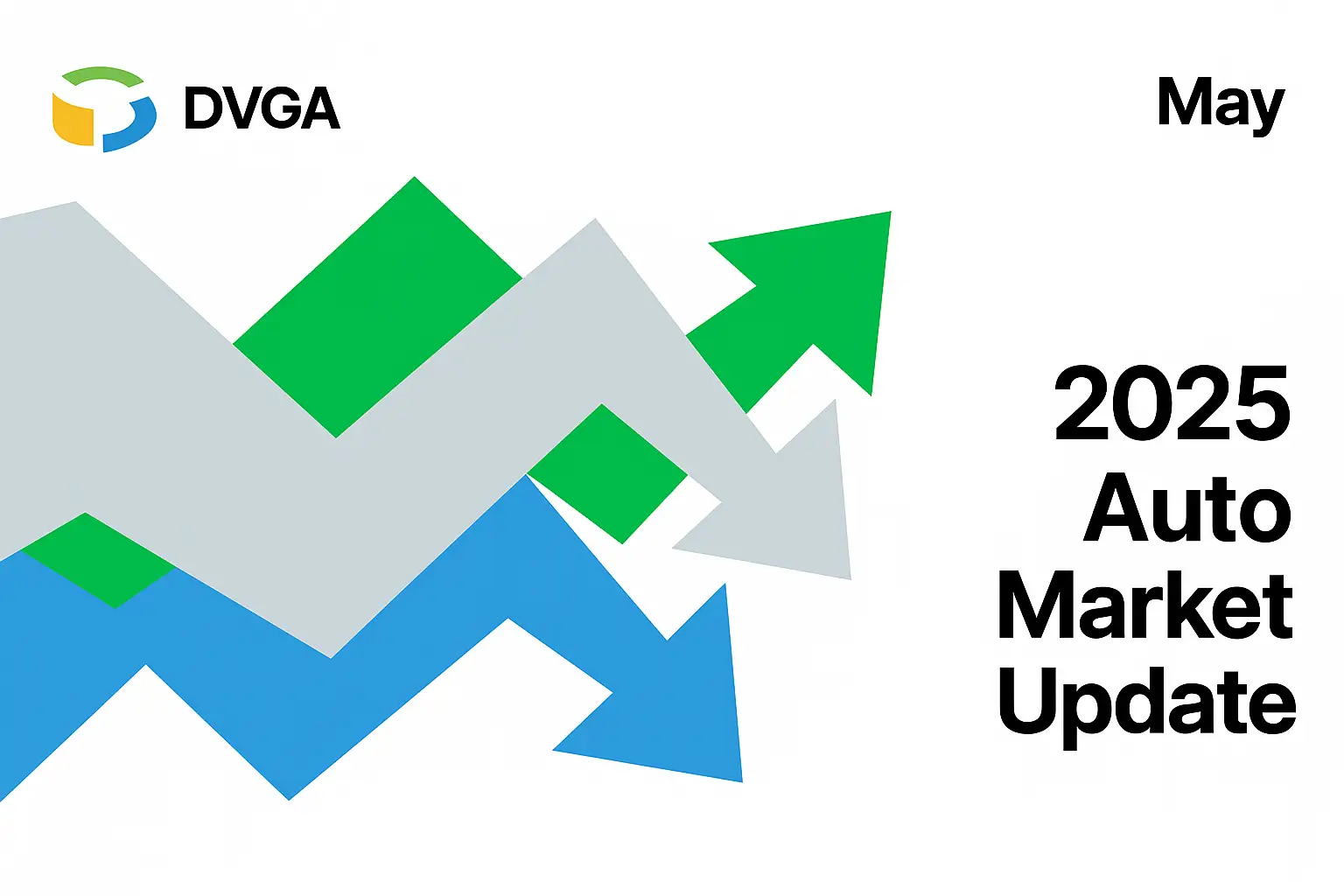The U.S. wholesale vehicle market continues to soften through mid-June, reflecting broad-based declines across nearly all vehicle segments. Although some isolated categories showed minor signs of resilience, the overall trend points to ongoing depreciation and reduced market momentum.

Market Overview: Declines Deepen
In the week ending June 14th, wholesale vehicle values dipped by an average of 0.47%, following the previous week’s steeper drop of 0.54%. Notably, this recent rate of decline outpaced the historical seasonal norm from 2017–2019, which averaged only 0.27% during the same period.
- Passenger cars declined by 0.37%
- Trucks and SUVs experienced a sharper fall of 0.51%
- Auction conversion rates slid below the 60% mark, signaling softer demand from buyers.
Car Segment Trends
Most car segments recorded price drops, with eight out of nine categories showing negative movement.
- Sub-compact cars faced the steepest drop at -0.98%, marking the second consecutive week of heavy losses.
- Premium sporty cars bucked the trend, rising modestly by +0.11%, following three weeks of slow decline.
- Full-size cars (0–2 years old) continued to perform well, appreciating +0.94%, having increased in value in 14 of the last 15 weeks.
Older vehicles (8–16 years old) across most categories also saw broader depreciation, aligning with the general downturn.
Truck & SUV Segment Breakdown
Trucks and SUVs faced more severe headwinds than cars:
- Compact and sub-compact crossovers/SUVs posted the largest losses at -0.76% and -0.70%, respectively.
- Newer full-size trucks (0–2 years old) declined more steeply week-over-week, falling -0.54%, more than doubling the prior week’s -0.24% loss.
- A total of 12 out of 13 truck categories declined in value.
Broader Market Indicators
Wholesale & Retail Price Indices
Data visualizations from the Wholesale Price Index (Page 3) and Used Retail Price Index (Page 4) show a diverging narrative:
- The wholesale price index for 2–6-year-old vehicles continues to trend downward.
- Meanwhile, used retail prices are holding stronger, aided by transparent pricing models like no-haggle retailing, which have made consumer price tracking more consistent.
Inventory and Turnover
- The Used Retail Active Listing Volume Index (Page 5) reveals a stable inventory pattern across dealerships.
- The average days-to-turn for used vehicles is around 37 days, reflecting a reasonably fluid retail environment.
- Auction conversion rates fell to 58%, down 2% from the week prior, even as auction inventory held steady for the second week in a row.
While the market overall remains in a declining phase, certain categories—such as premium sporty vehicles and younger full-size cars—hint at selective demand pockets. However, the broad trajectory continues to suggest caution for sellers and opportunities for strategic buyers.



